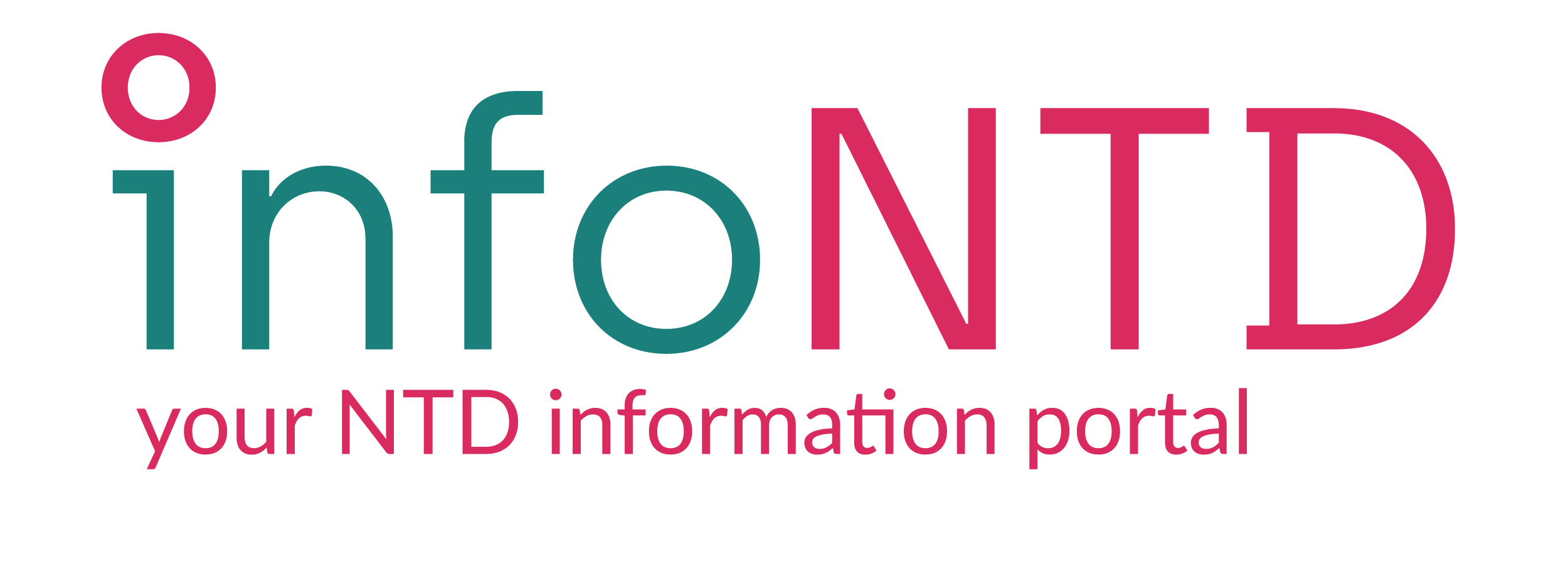Whole blood transcriptomics reveals the enrichment of neutrophil activation pathways during erythema nodosum leprosum reaction
Introduction: Patients with the multibacillary form of leprosy can develop reactional episodes of acute inflammation, known as erythema nodosum leprosum (ENL), which are characterized by the appearance of painful cutaneous nodules and systemic symptoms. Neutrophils have been recognized to play a role in the pathogenesis of ENL, and recent global transcriptomic analysis revealed neutrophil-related processes as a signature of ENL skin lesions.
Methods: In this study, we expanded this analysis to the blood compartment, comparing whole blood transcriptomics of patients with non-reactional lepromatous leprosy at diagnosis (LL, n=7) and patients with ENL before administration of anti-reactional treatment (ENL, n=15). Furthermore, a follow-up study was performed with patients experiencing an ENL episode at the time of diagnosis and after 7 days of thalidomide treatment (THAL, n=10). Validation in an independent cohort (ENL=8; LL=7) was performed by RT-qPCR.
Results: An enrichment of neutrophil activation and degranulation-related genes was observed in the ENL group, with the gene for the neutrophil activation marker CD177 being the most enriched gene of ENL episode when compared to its expression in the LL group. A more pro-inflammatory transcriptome was also observed, with increased expression of genes related to innate immunity. Validation in an independent cohort indicated that S100A8 expression could discriminate ENL from LL. Supernatants of blood cells stimulated in vitro with Mycobacterium leprae sonicate showed higher levels of CD177 compared to the level of untreated cells, indicating that the leprosy bacillus can activate neutrophils expressing CD177. Of note, suggestive higher CD177 protein levels were found in the sera of patients with severe/moderate ENL episodes when compared with patients with mild episodes and LL patients, highlighting CD177 as a potential systemic marker of ENL severity that deserves future confirmation. Furthermore, a follow-up study was performed with patients at the time of ENL diagnosis and after 7 days of thalidomide treatment (THAL, n=10). Enrichment of neutrophil pathways was sustained in the transcriptomic profile of patients undergoing treatment; however, important immune targets that might be relevant to the effect of thalidomide at a systemic level, particularly NLRP6 and IL5RA, were revealed.
Discussion: In conclusion, our study reinforces the key role played by neutrophils in ENL pathogenesis and shed lights on potential diagnostic candidates and novel therapeutic targets that could benefit patients with leprosy.

 infontd
infontd